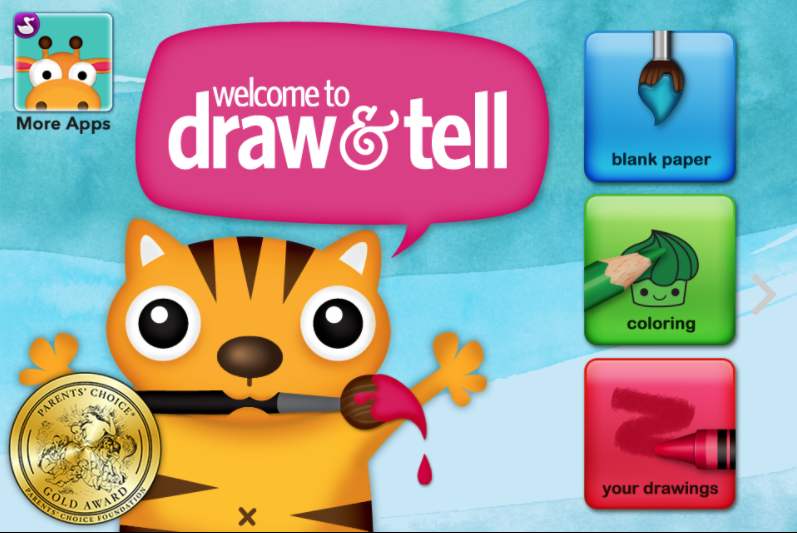After-School Activities to Increase Your Child’s Fine Motor, Gross Motor, and Speech and Language Skills:
Our therapists in the Traverse City location have shared some of their favorite activities to help your child progress their skills with fun and motivating ideas for targeting fine motor, visual motor, gross motor, and speech and language skills in the after-school hours.
From our Occupational Therapists:
• Favorite Activity: Building with Legos and a variety of building sets.
These activities are fun and motivating for children and allow the child to use creativity and imagination while working on fine motor skills, visual perception, grasping skills, and finger/hand strengthening. Fine motor skills are the small muscle movements needed for everyday tasks such as buttoning buttons and writing with a pencil. Visual perception refers to the skills used to gather information we see in our environment and gain meaning based on what we see.
Visual perceptual skills are important for activities such as determining size and position of objects as well as recognizing letters. Following a visual card or step-by-step instructions during building also works on sequencing skills which are used on a daily basis. Finding the correct pieces is a great way to build visual figure ground which helps a child distinguish an object from an irrelevant background.
• Favorite Activity: Using “Cheater chopsticks” (ie. Chopsticks joined by a spring or tweezers) to retrieve small objects (e.g. pegs) or food (e.g. dry cereal, mini marshmallows).
The use of modified chopsticks helps improve pinch and hand strength, fine motor skills, visual motor coordination to increase your child’s ability to coordinate vision with body movements, as well as increases visual attention. Kids think it’s fun to eat with something other than a fork or spoon!
From our Physical Therapists:
• Favorite Activity: Beanbag basketball. All you need are beanbags and a child-sized basketball hoop.
Basketball is an exciting game for kids and can be used in a variety of ways to target gross motor skills. Gross motor skills are the bigger body movements your child makes with large muscles in order to do activities such as run, jump, and play sports. With the end goal of putting the beanbags through the basketball hoop, the child can work on balance and strengthening of muscles through a series of gross motor activities to reach their goal. Targeted gross motor activities may include squatting to pick up the beanbags, reaching and throwing to place the beanbag in the hoop, and catching when a bean bag is thrown their way.
• Favorite Activity: Stomp Rockets. Stomp rockets are a fun gross motor activity for school-age children. Kids have fun using one foot to launch the rocket, requiring strength and balance to stand on one leg, as well as using two feet and jumping onto the launch pad. To make the activity more difficult, have your child stand on one foot while counting down from ten prior to stomping, or complete a hop-scotch course launching the rocket on the final jump.
Older kids can also try to catch the rocket before it lands or work on grading by trying to get the rocket to reach a specific target. Grading refers to your child’s ability to know how much pressure is needed when using body movements to reach a goal. If the child has a specific target, it will take grading of leg stomping movements in order to reach the target.
From our Speech-Language Pathologists:
• Favorite App: Draw and Tell by Duck Duck Moose
Draw and Tell provides opportunities for children to use imagination to create stories, movies, and picture scenes using a variety of art tools and stickers within the app. Once the child completes their creation, the Draw and Tell app allows the child to record a story. Creating a story can help your child organize their language by telling stories in the correct sequential order, creating sentences with the correct words in order, and increase their ability to use language to describe picture scenes. Draw and Tell can also be used to record your child’s speech sounds in sentences and then listen back to their speech to identify errors and retry producing speech with correct speech sounds.
• Favorite Activity: Playing with a dollhouse
Not only is a dollhouse wonderful for increasing steps in pretend play and dramatic play skills, it is also great way to target your child’s understanding of language. A dollhouse can be used to practice multi-step directions (e.g. “Put the dad in the kitchen and the dog outside”), targeting basic concepts (e.g. “Drive the car to the front of the house”), and answering a variety of ‘wh’ question words (e.g. “Who is in the bathtub?” “Where is the mom?”).
If you feel that your child may be struggling with gross motor, fine motor, visual motor, or speech and language skills and has not yet received services to support their needs, it is important to discuss these concerns with your physician and receive an evaluation by an occupational therapist, physical therapist, or speech-language pathologist.
Compiled by Lauren Cullen M.A. CCC-SLP
Speech-Language Pathologist

